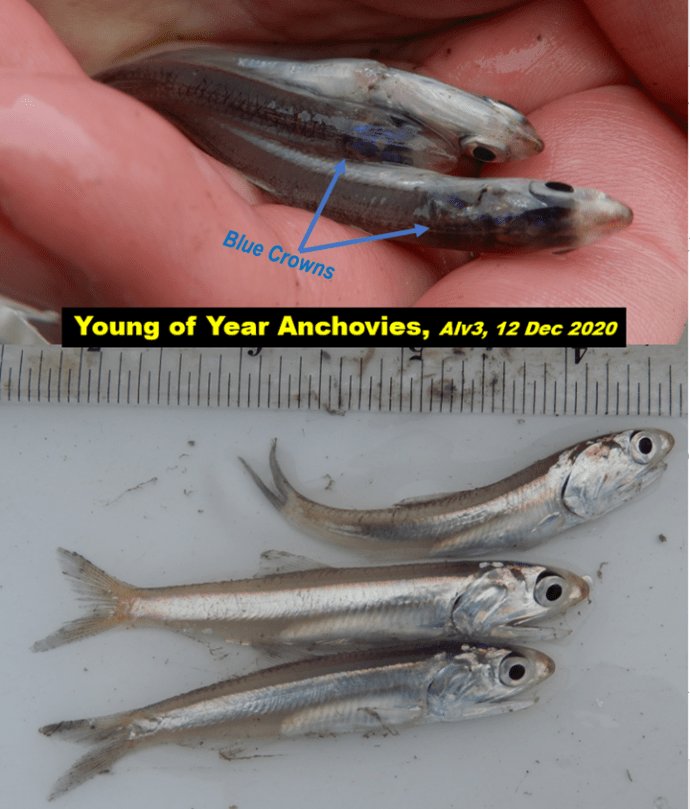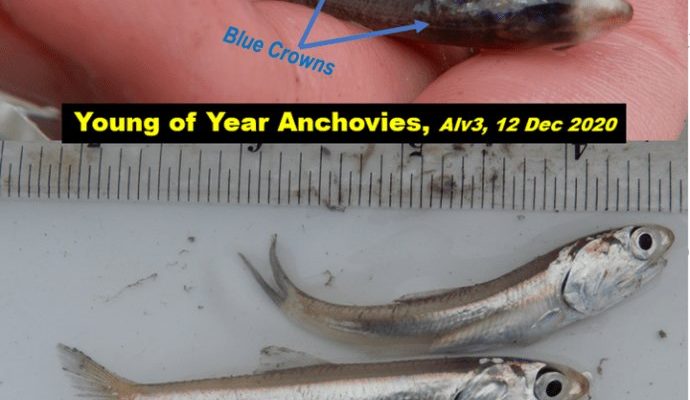
Understanding Anchovy Species
There are several species of anchovies, but the most common ones include the European anchovy (*Engraulis encrasicolus*) and the Pacific anchovy (*Engraulis mordax*). These species thrive in various oceans and play crucial roles in their respective ecosystems.
The European anchovy is primarily found in the Mediterranean Sea and the eastern North Atlantic, while the Pacific anchovy populates the coasts of North America, from California down to Mexico. Both are vital to their food webs, serving as prey for larger fish like tuna and even marine mammals like dolphins. So, why should we care about their well-being?
Well, when one species in an ecosystem is threatened, it can create a ripple effect—kind of like when a waiter drops a tray of dishes. The whole café feels the impact! Healthy populations of anchovies help maintain the balance of marine life, ensuring that other species do well too.
The Impact of Overfishing
Overfishing is one of the biggest threats to anchovy populations. Fishermen often target them for both human consumption and as bait for larger fish. Unfortunately, this means that many anchovy stocks are being depleted faster than they can reproduce.
In many regions, fishing quotas and regulations are in place to help manage anchovy stocks. For instance, the International Council for the Exploration of the Sea (ICES) oversees anchovy fisheries in Europe, while the Pacific Fishery Management Council (PFMC) handles those in the U.S. However, enforcement can vary, and illegal fishing remains a significant problem that complicates conservation efforts.
Here’s the thing: when a species is heavily fished without a chance to recover, we run the risk of *collapse*. This doesn’t just threaten the anchovies; it affects everyone reliant on them for food, livelihoods, and ecosystem health.
Climate Change and Its Role
Climate change is another major player in the decline of anchovy populations. Rising ocean temperatures, for instance, can alter their habitat and food availability. Anchovies thrive in nutrient-rich waters that can be impacted by warmer temperatures and changing currents.
This shift in ocean conditions can lead to a decline in plankton—a primary food source for anchovies. If they can’t find enough food, their populations may dwindle, which poses a threat not only to them but also to the many species that depend on anchovies as a food source.
Imagine trying to run a successful café where customers can’t find their favorite dish anymore. The long-term effects can be devastating!
Current Conservation Efforts
Thankfully, there are dedicated efforts to protect anchovy populations. Organizations and governments are working together to establish sustainable fishing practices and reduce bycatch, which is the capture of unintended species during fishing.
For example, many fishing fleets are adopting more selective gear to minimize the impact on anchovy stocks and other marine life. Additionally, some countries are implementing marine protected areas (MPAs) where fishing is restricted or prohibited, allowing fish populations to thrive without human interference.
You might be wondering if these efforts are making a difference. Early signs are promising, especially in regions where regulations are strict, and enforcement is effective. By engaging in responsible fishing practices, we can help the anchovy community bounce back!
What You Can Do to Help
You don’t have to be a marine biologist to make a difference in anchovy conservation. Here are a few simple ways you can help:
- Choose sustainable seafood: Look for certifications like the Marine Stewardship Council (MSC) when buying fish. This indicates responsible fishing practices that support fish stocks.
- Educate yourself and others: Share information about anchovies and their importance in the ecosystem. The more people know, the more likely they are to care.
- Support marine conservation organizations: Donations to groups working to protect marine life can help fund critical research and conservation efforts.
- Advocate for policies that protect marine ecosystems: Engage with local representatives to promote sustainable fishing regulations.
Even small actions can create a ripple effect, making a big difference in the long run.
A Bright Future for Anchovies?
So, are anchovies endangered? As of now, they are facing significant challenges, but with the right conservation efforts and public support, there’s hope. By addressing overfishing and the impacts of climate change, we can help stabilize and even increase anchovy populations.
It’s like nurturing that café we talked about earlier—a little attention and care can ensure it thrives for years to come. If we continue to focus on sustainability and protecting marine ecosystems, we can help ensure that anchovies remain a staple in both the ocean and our plates.
Wrapping Up
Anchovies may seem small, but they have a big role in maintaining healthy ocean ecosystems. While challenges like overfishing and climate change loom large, ongoing conservation efforts paint a hopeful picture. By supporting sustainable practices and advocating for marine protection, we can all contribute to a brighter future for these essential fish.
So the next time you enjoy a dish featuring anchovies or spot them swimming in the ocean, remember their importance and the efforts underway to keep their populations thriving. Together, we can help keep the ocean’s tables full!

